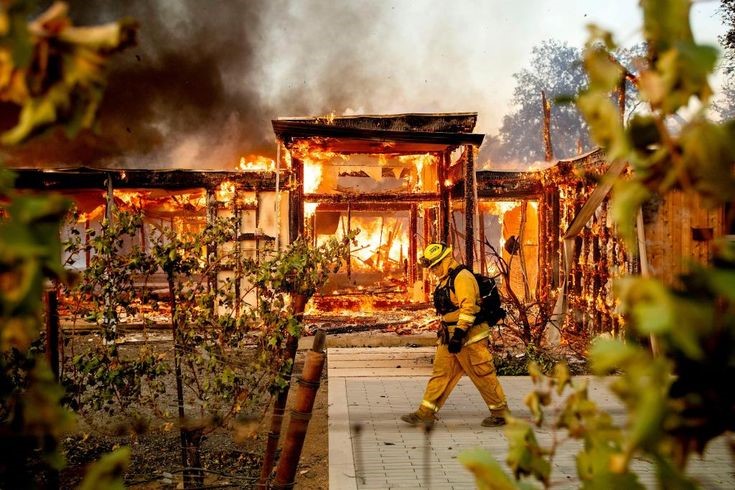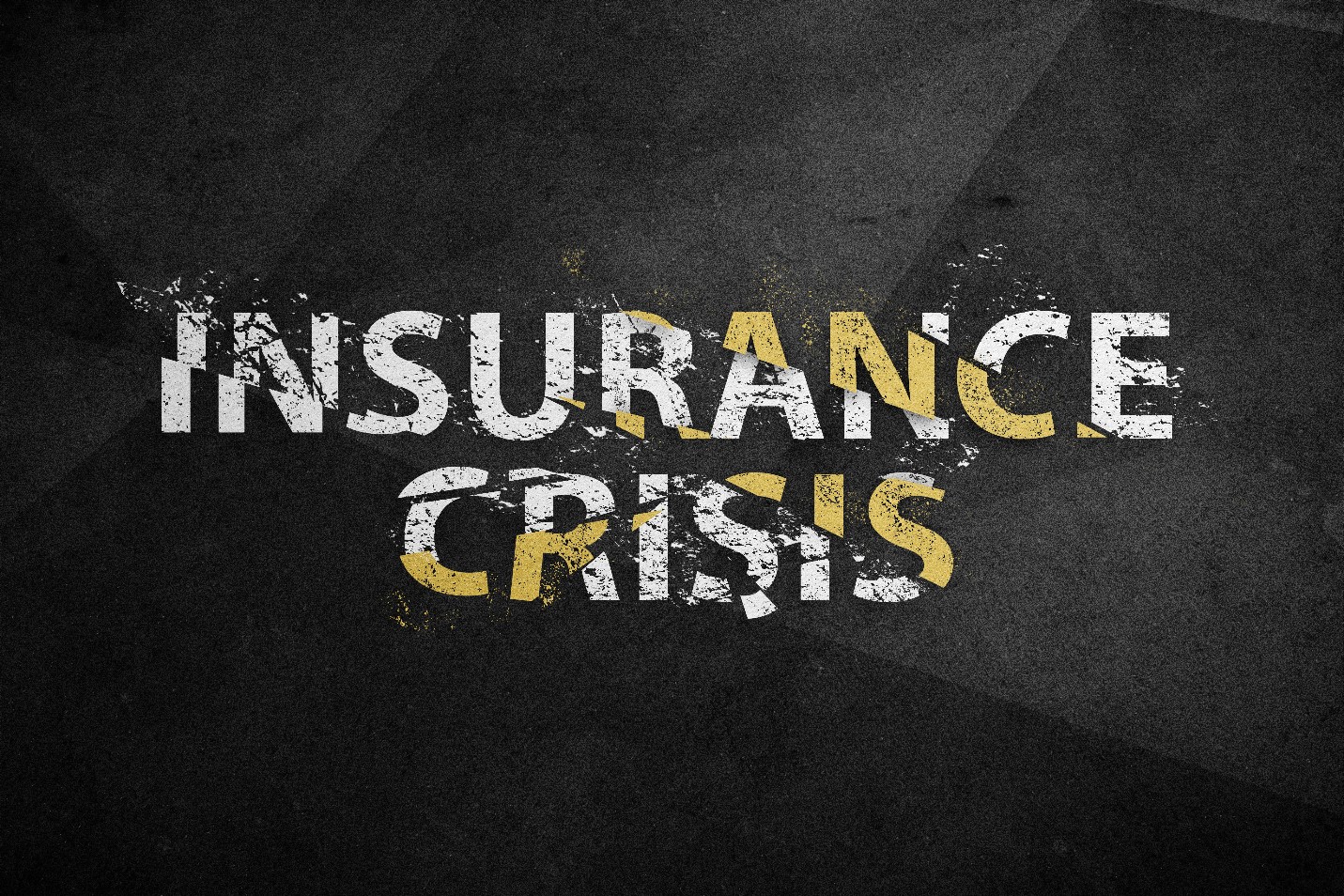The insurance market in California is facing a crisis in 2025, and homeowners across the state are feeling the impact. With rising insurance premiums, fewer insurance companies willing to cover high-risk areas, and an increasing threat from natural disasters like wildfires, floods, and earthquakes, many homeowners are finding themselves in a difficult position. If you’re a homeowner in California, it’s crucial to understand the root causes of the crisis and how it affects you. This blog will break down everything you need to know about California homeowners’ insurance in 2025, from understanding the factors driving premium increases to practical steps you can take to protect your home and lower your costs.
Understanding the California Insurance Crisis:
A. The Root Causes”
The California insurance crisis of 2025 is driven by several factors, all of which are interconnected. One of the main reasons for rising premiums is the increasing frequency and severity of natural disasters in the state, including wildfires, flooding, and earthquakes. As these disasters become more common, insurers face huge losses and are forced to raise premiums to cover the costs.
In addition, many insurers are pulling out of the California market altogether, citing the high risks associated with the state’s geography. With fewer companies offering policies, homeowners have fewer options, which can make it difficult to find affordable coverage. The reinsurance market, which provides financial backing to insurers, is also feeling the strain. As reinsurers scale back their offerings, the cost of primary insurance policies increases for homeowners.
B. Impact on Homeowners”
For California homeowners, the rising cost of insurance is an urgent concern. Premiums have already surged in recent years, and experts predict they will continue to climb through 2025. For those living in high-risk areas like wildfire-prone regions or flood zones, finding affordable coverage is becoming increasingly difficult. Homeowners may face limited options for comprehensive policies, especially as insurers impose stricter terms or exclude certain types of coverage, such as wildfire or flood protection.
In some cases, insurers may even refuse to cover homes in particularly risky locations, leaving homeowners with few alternatives.

The State of the Insurance Market in 2025:
A. Insurers Pulling Out of California:
As a result of the mounting risks posed by wildfires, floods, and other natural disasters, several insurance companies have reduced their exposure to California or exited the state entirely. These withdrawals create a supply-and-demand problem, pushing up premiums for homeowners who are still able to find coverage. Insurers that remain in the state may also impose stricter underwriting guidelines, making it harder for homeowners in high-risk areas to qualify for affordable policies.
B. Impact on New Homebuyers:
The insurance crisis is also impacting new homebuyers. As insurance premiums continue to rise, it’s becoming more difficult for prospective homeowners to afford insurance coverage. Lenders, who require proof of homeowners insurance before issuing a mortgage, are also tightening their requirements. In some cases, homebuyers may be unable to secure the necessary coverage for homes in high-risk areas, further complicating the home-buying process.
C. State-Backed Programs:
In response to the growing crisis, California has implemented programs like the California FAIR Plan, which offers coverage for high-risk homeowners who are unable to find insurance on the private market. The FAIR Plan, while an important safety net, often comes with higher premiums and fewer coverage options than traditional insurance policies. Homeowners in areas affected by the insurance crisis should be aware of this program and how it may impact their ability to secure adequate protection for their homes.
What Homeowners Can Do to Protect Themselves:
A. Understanding Your Policy:
One of the first steps homeowners can take is to understand their existing insurance policy. Many homeowners don’t realize the exclusions that may apply, especially regarding natural disaster risks. For instance, homeowners in California need to ensure their policies provide wildfire insurance, flood insurance, and earthquake coverage—especially since standard homeowners insurance may not cover these disasters by default.
Reading through your policy and speaking with your insurance agent about your coverage is essential in making sure you’re properly protected in the event of a natural disaster. Key terms to look for include deductibles, coverage limits, and any exclusions related to high-risk events.

B. Risk Mitigation Strategies to Lower Premiums:
Taking proactive steps to mitigate the risks your home faces can help reduce your insurance premiums. Consider implementing the following risk-reduction measures:
- Fire-Resistant Landscaping and Home Hardening: If your home is located in a wildfire-prone area, creating defensible space around your property with fire-resistant plants and materials can lower your risk. Hardening your home with fire-resistant roofing and siding also reduces the potential for fire damage.
- Flood Mitigation: Flooding can be a major concern in California, particularly in areas near rivers or coastlines. Installing proper drainage systems, elevating your home’s foundation, and using flood-resistant materials can significantly reduce the risk of flood damage.
- Seismic Retrofitting: Earthquake damage can be devastating, but retrofitting your home to withstand earthquakes can lower your premiums while providing better protection for your investment. Many insurers offer discounts for homes that are seismically retrofitted.
C. Shopping for Insurance:
It’s essential to shop around for the best homeowner’s insurance, especially in light of the changing market in 2025. Don’t settle for the first offer you receive. Here’s how you can ensure you’re getting the best deal:
- Compare Policies: Use online tools or work with an insurance broker to compare multiple policies from different providers. Look for a balance between coverage and cost.
- Explore Alternative Insurers: With many traditional insurers pulling out of California, there may be newer, smaller companies offering more competitive rates. Check their financial stability and customer satisfaction ratings to ensure reliability.
- Consider Bundling: Bundling your homeowner’s insurance with auto or other types of insurance may result in discounts, making it more affordable overall.
D. Exploring Other Coverage Options:
- High-Risk Pools: For homeowners who cannot find affordable coverage through traditional insurers, the California FAIR Plan may be an option. While the FAIR Plan provides basic coverage for high-risk homes, it may not include all the protections you need, such as wildfire or flood coverage.
- Private Market Alternatives: Look for private market insurance providers that may offer more tailored policies for high-risk homeowners. Some insurers specialize in areas affected by wildfires or flooding and can provide more comprehensive coverage than state-backed plans.
Navigating the Future: What to Expect in 2025 and Beyond:
A. Potential Changes in Insurance Regulations:
California lawmakers are working on legislation to address the growing insurance crisis. New regulations may provide homeowners with better options for securing affordable insurance, including stricter rules on insurers’ ability to raise premiums or withdraw from the market. Staying informed about changes in insurance laws can help you better navigate the evolving landscape.
B. The Role of Technology in Insurance:
Advancements in technology, such as artificial intelligence and data analytics, are starting to transform the insurance industry. These technologies allow insurers to better assess risk and offer more personalized premiums based on your home’s specific vulnerability to natural disasters. Parametric insurance, which offers payouts based on predefined triggers like wildfire or flood events, could become more common in California, offering homeowners an alternative to traditional coverage.

C. Long-Term Solutions for Homeowners:
Homeowners in California must continue to prioritize disaster preparedness. In the coming years, community-based insurance programs and new disaster resilience initiatives may provide homeowners with more affordable options and better protection.
Conclusion:
The California insurance crisis is a complex issue, but it’s not insurmountable. By understanding the root causes of rising premiums, taking steps to mitigate risks, and staying informed about available insurance options, homeowners can better navigate the challenges of 2025 and beyond. Whether you’re reviewing your current policy, shopping for a new one, or exploring state-backed programs, proactive action is key to ensuring your home remains protected against the growing risks in California.


